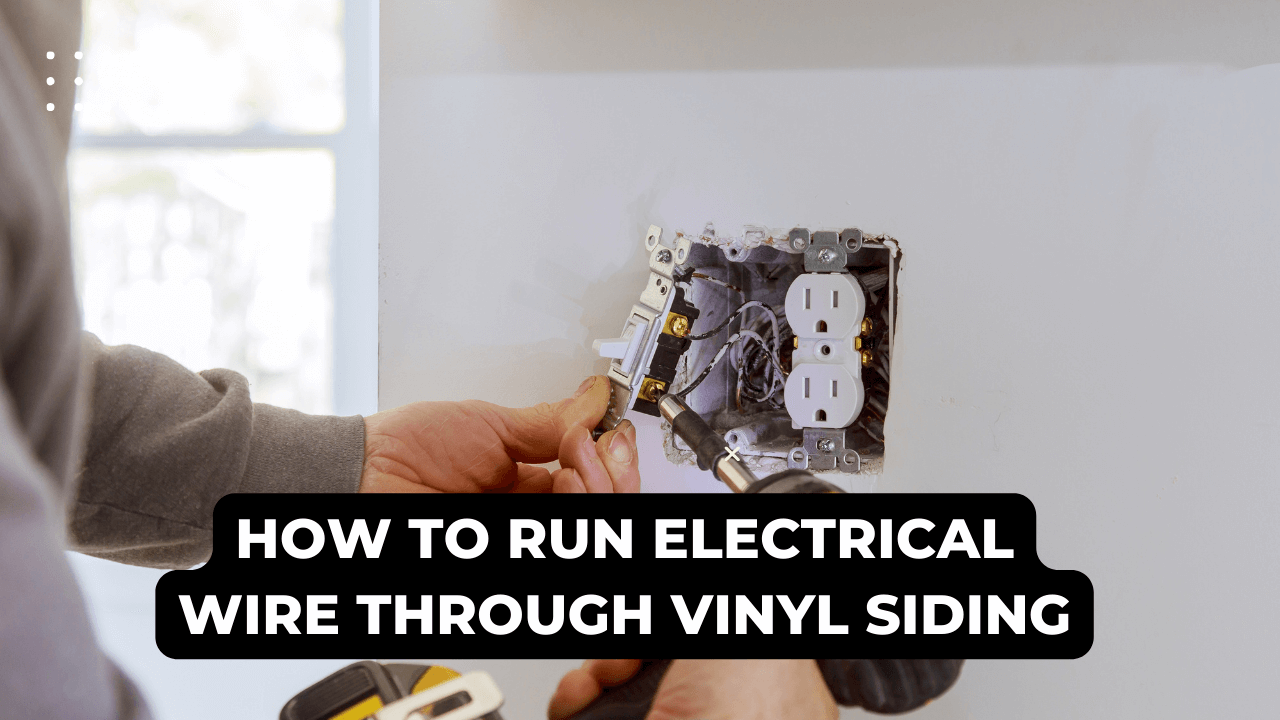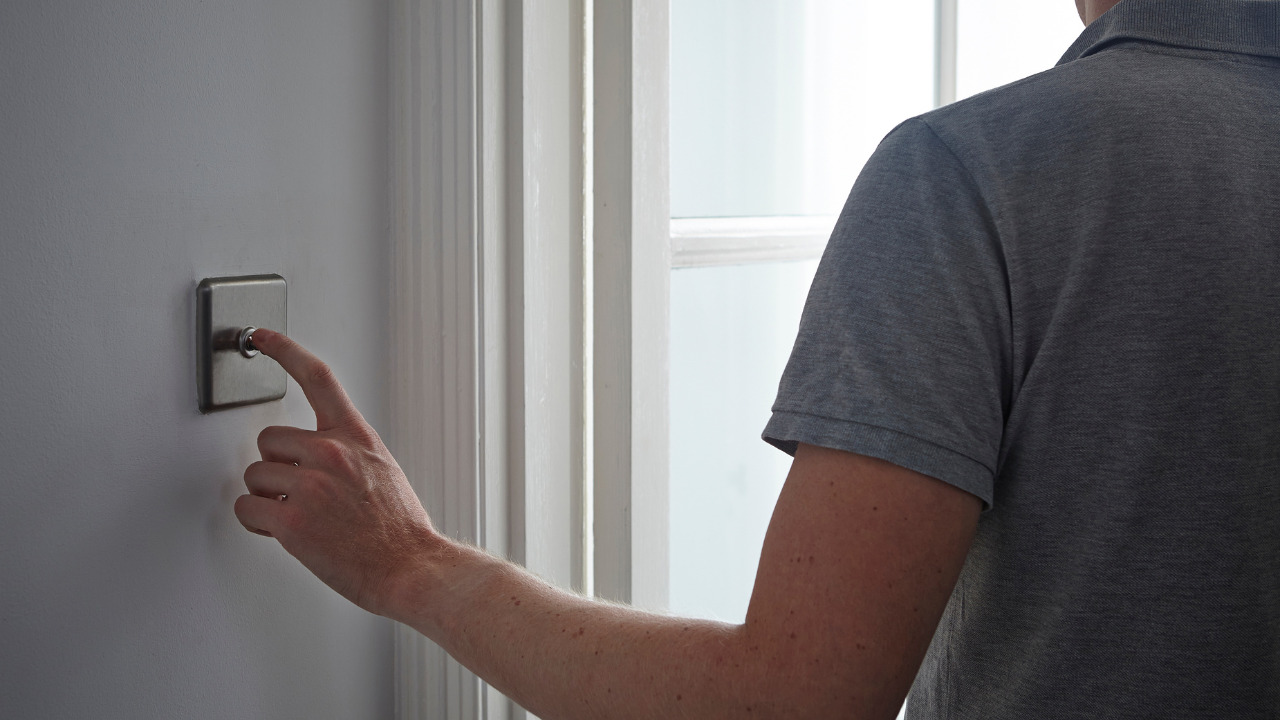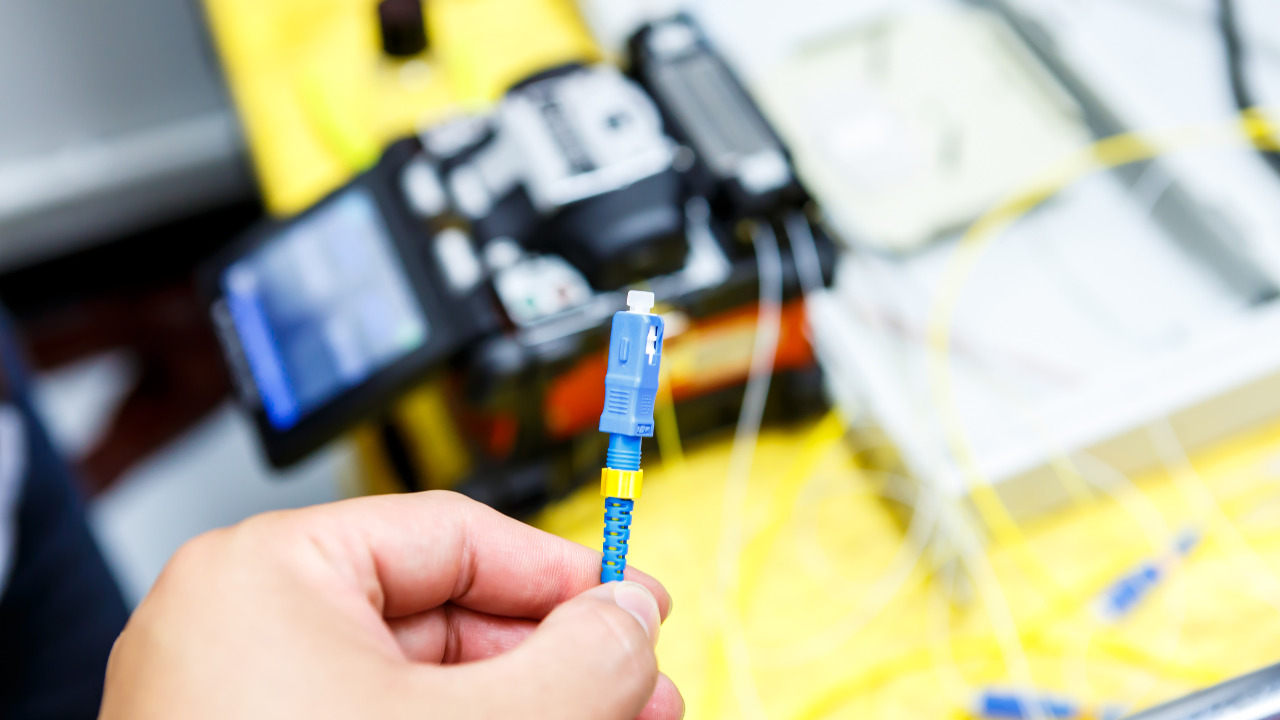Vinyl siding not only helps you save time and money on external maintenance but may also be used to hide some cable types. Coaxial cable television service can be buried under vinyl siding for a cleaner appearance.
The wire is also less likely to be tugged by curious children or damaged by the elements. Use a fish tape tool to guide the cable beneath the vinyl siding.
Electrical wiring can be run through vinyl siding on a house or other structure in two methods. Individual wires can be run in a conduit system like an intermediate conduit.
Table of Contents
Steps To Run Electrical Wire Through Vinyl Siding
The quickest and easiest way for a homeowner to install cable built for direct exposure to the elements is to use cable designed for direct exposure.
Use A Fish Tape
Use a fish tape tool to hide the cable behind the vinyl siding. Pull up gently on the vinyl siding’s lower lip where you want the cable to be hidden. Before releasing the vinyl material, insert the fish tape’s hooked tip into the gap and press it a few inches behind the siding.
Turn Off The Power Supply
Turn off the electricity to the circuit you’ll be connecting. Ensure you’ve shut off the relevant circuit breaker on the service panel with a noncontact voltage tester. Because a junction box may have multiple circuits running through it, you may need to turn off more than one circuit breaker before working.
After all electricity to the junction box has been turned off, remove the lid.
Mark The Points For Studs
Using a stud finder, locate and label the wall studs. Plan your cable route to push the cable staples or cable strap nails into a stud rather than the wall sheathing for a secure connection.
Insert The Cable Into the Clip
It will stay in place by ‘rolling’ the cable into the clip. These clips include a depression designed exclusively for use with a flathead screwdriver. With the screwdriver, pop the clip under the siding with a closed fist or hammer, holding the clip on the underside lip of the siding.
Enclose Exposed Wires
Outside, you can run electrical wiring to almost any spot. Although some electrical wire types do not require conduit for exterior installation, it is good to enclose any exposed cable. The grey Schedule, 40 PVC conduit for electricity, is rated for sunlight resistance and is available in various sizes.
Install Cable Connector
Install a cable connector in the junction box where you’ll be connecting. Install another cable connector in the device box where the new cable will terminate. Cut the cable to a length extending at each box’s front. Tighten the clamping screws on the cable connections to secure the cable in the boxes.
Use Cable Staples To Secure The Walls
Using cable staples or cable straps, secure the cable to the wall. Place a staple or strap within each box, with no more than four feet between them. The code requires these measurements. Remove the outer jacket from the cable ends using a cable ripper or a utility knife. Individual wires should have three and half-inch of insulation removed.
Hold the stripped ends of the side of the wire by side and screw on a wire nut to form the connections in the junction box. Connect the white wire to another white wire, the black wire to another black wire, and the naked wire to another bare wire.
Non-metallic or Romex cable is the most popular cable used in household wiring. Although NM wire can be run via a conduit, it is rarely done.
Frequently Asked Questions
What is the best way to run an electric wire through vinyl siding?
Employ cable clamps to secure the wire. Always install feed-through bushings in siding holes and caulk them with silicone. The only things that coaxial cables should be delivered to your home are TV and Internet signals, but poorly installed cables might allow water to enter, which can cause rot and mold.
Is it possible to attach everything to the vinyl siding?
Yes, you can! You even don’t need to use screws or hammers all the time if you want to attach something like wires to vinyl siding.
What makes vinyl siding long-lasting and waterproof?
The strength and beauty of vinyl siding are equal. Vinyl siding is a wise choice in almost any environment due to its fade-resistant coatings, scratch-resistant hues, and locking technology to keep panels snugly adhered. An equally robust warranty usually supports a homeowner’s investment.
When must you call a professional to run an electric wire through vinyl siding?
It is not difficult to run electric cables for new or extended circuits. Still, a specific skill set is needed for the final hookup of outlets, switches, and circuit breaker connections. If you aren’t completely confident in your abilities, hire a professional electrician to perform the final connections.
A licensed electrician may also be required by municipal code to work on the service panel. You might also wish to contact an electrician for lengthy or challenging cable runs.
Conclusion
If you only require power, you can use a direct burial cable buried directly in the soil without needing a conduit. The trench must be 18 inches below the surface when using a conduit. The cable should never run straight into your house from the ground. Rainwater will cling to the cable and flow inside your house.
The cable should ideally run upward before entering. Contact your service provider and express dissatisfaction if your cable was improperly installed. If your provider refuses to address the problem, try rerouting the cable to gain a few more feet.











